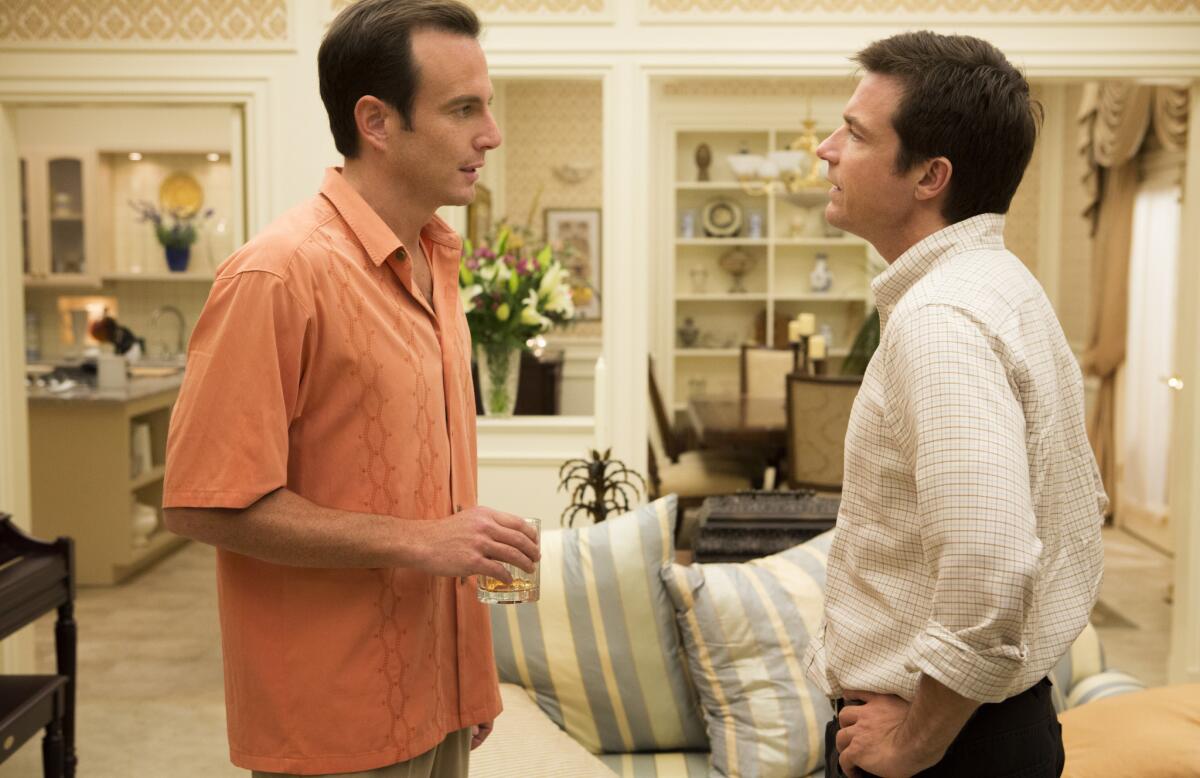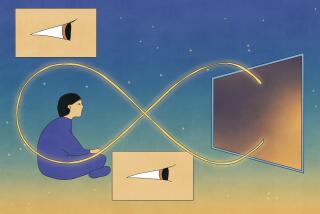‘Arrested Development’ season 4: Too much of a good thing?

In case you took a “Forget-Me-Now” over the weekend and are just waking up, the much-hyped fourth season of “Arrested Development” rolled out early Sunday morning on Netflix. By that afternoon, the first bleary-eyed reviews started appearing.
While the reactions to the new batch of 15 episodes run the gamut from raves to jeers, one consistent criticism seems to be emerging: At anywhere from 28 to 37 minutes in length, the new episodes are simply too long.
In contrast, during its run on Fox, “Arrested Development” clocked in at about 21 minutes an episode. Even on premium cable, a similarly intricate show like “Curb Your Enthusiasm” rarely crosses the 30-minute mark.
PHOTOS: Dysfunctional TV families
Part of the appeal of “Arrested Development” was its lightning-fast pace, and the sheer density of jokes crammed into each zippy installment. Creator Mitch Hurwitz was reportedly under pressure from Netflix to write longer episodes in order to “differentiate” this incarnation of “Arrested Development” from its leaner broadcast format, and the result, according to many observers, is a new season that, while still very funny, at times feels swollen and sluggish.
A few of the reactions:
--Daniel Fienberg, HitFix: “Yes, the pieces go together, but there’s a flabbiness to the storytelling that isn’t ‘Arrested Development’ at its very purest.”
--David Haglund, Slate: “The freedom of the Netflix format mostly seems like a good thing, but … maybe if they’d had to cut this down to 22 minutes, they would have edited it a bit more ruthlessly.”
--Todd VanDerWerff, The A.V. Club: “This fourth season has major issues. The foremost of those is bloat…There are places in every single episode— even the best episodes — where that bloat becomes all too obvious. Unfunny jokes stretch on and on, looking for a payoff that never comes.”
--Marlow Stern, The Daily Beast: “It appears ‘Arrested Development’s’ confines within a half-hour block of prime-time television helped it become the cramped, chaotic slice of comedic brilliance that it was.”
Another problem for some viewers is the way that each episode is told from the perspective of one character, a la “Rashomon.” This is a dramatic change for a show fueled by the zany chemistry of its large ensemble cast, and means that one’s reaction to a given episode will depend a lot on how one feels about whichever character it spotlights.
It also means fans of characters who aren’t Michael, George Sr., Tobias or Lindsay have a long wait to see their favorites. Gob makes his arrival nearly halfway through the season, in “Colony Collapse.” Lucille and Maeby don’t get significant screen time until episodes 11 and 12, respectively. And, perhaps most unforgivably for Buster admirers out there (ahem), the infamous mama’s boy barely registers until the second-to-last episode, “Off The Hook.” (Though Tony Hale admirers can temper their disappointment by watching him play a slightly more well-adjusted version of Buster on “Veep.”)
ALSO:
Review: ‘Arrested Development’ makes a joyous return
‘Arrested Development’ kicks critics in the teeth at its own peril
Jason Bateman’s awkward ‘Arrested Development’ banana stand moment
More to Read
The complete guide to home viewing
Get Screen Gab for everything about the TV shows and streaming movies everyone’s talking about.
You may occasionally receive promotional content from the Los Angeles Times.






